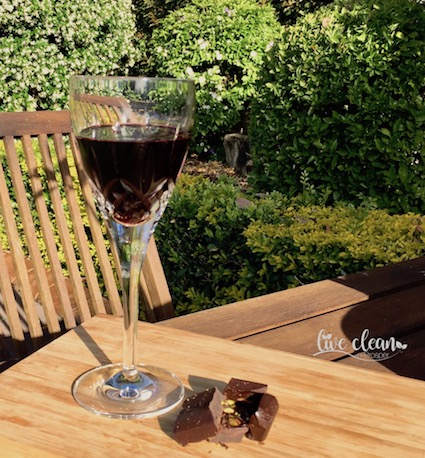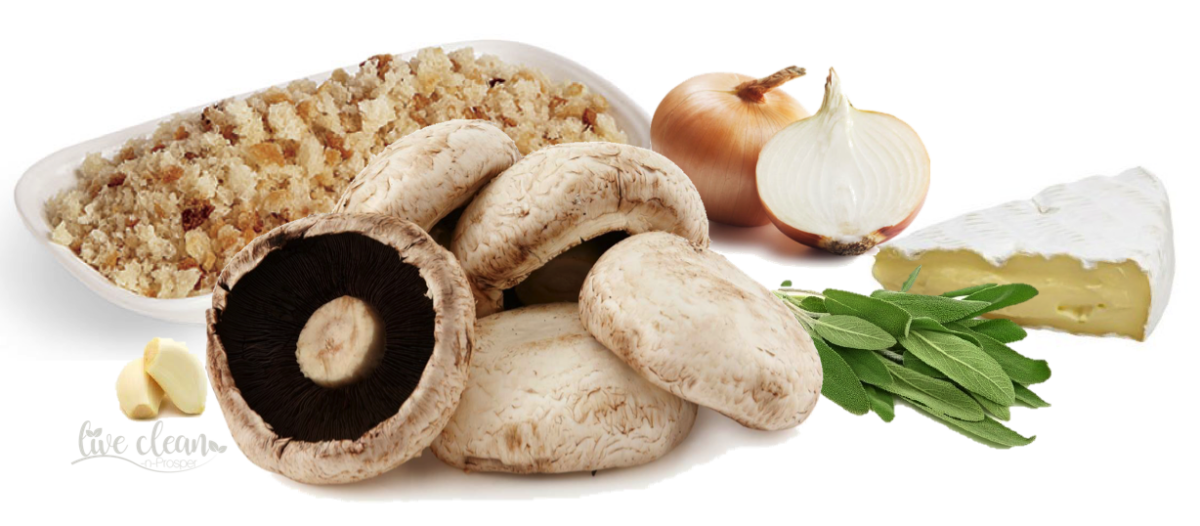Today’s topic is about sweat, sweat glands and sweating.
This stems from an article I read this morning discussing whether we shower ‘too much’. It quoted a study conducted by the University School of Nursing in Columbia, which claims we don’t need to wash once a day.
The idea being that the body does a good job of managing it’s own bacteria and too much soap can kill off the good stuff. According to the study, showering twice a week is enough, as long as you are regularly washing your hands and changing your clothes.
Scott has recently been studying Biology and this article created a discussion about sweat and sweat glands.
Maybe it doesn’t get as hot and humid in Columbia as Queensland.
I am sure that most of us have found that a crowded train or bus can sometimes be a bit smelly at the end of a hot summer day. Usually this is a result of sweating and for some people this means body odour.
Sweat itself isn’t smelly at all; it’s the bacteria that feed on the sweat and some of the expelled toxins that cause the offensive odour.
Showering doesn’t actually damage the skins bacteria; it’s the soaps we use that can do this.
The technical stuff …
Sweat glands are used to regulate temperature and remove waste by secreting water, sodium salts, and nitrogenous waste (such as urea) onto the skin surface.
We have two different types of sweat glands: eccrine sweat glands, which are distributed over the entire body, and apocrine sweat glands, located on the scalp, armpits, and genital area.
Interesting fact – we are born with anywhere between 2 million and 4 million sweat glands. The number of such glands we have will determine, in part, how much we sweat. As we age, our sweat glands actually decrease in size and become less effective.
As the body’s’ temperature rises, it will automatically perspire to release salty liquid from the sweat glands to help cool it down.
This is controlled by our autonomic nervous system, which cannot be consciously controlled. However, certain emotions, such as anxiety, anger, embarrassment, or fear, can prompt us to sweat more.
Sweating is beneficial
The skin is the largest organ of the body, and serves important roles just like any other bodily organ. Sweating actually helps the body in many ways:
– It maintains the body’s temperature to keep it from overheating
– Sweat expel toxins, which supports proper immune function and helps prevent diseases related to toxic overload
– It kills viruses and bacteria that cannot survive in temperatures above 37 degrees Celsius.
– Sweat also cleans the pores, which will help eliminate blackheads and acne.
Despite its many health benefits, most of us use some kind of product to control or stop the sweating process.
And body odour…..
There are many different factors that can contribute to body odour.
Some studies into body odour have revealed that our diet plays a large role. This is probably due to the sweat expelling the toxins from the body.
This subject, however, maybe a topic for another post.
Until the next one,
Live clean n prosper



